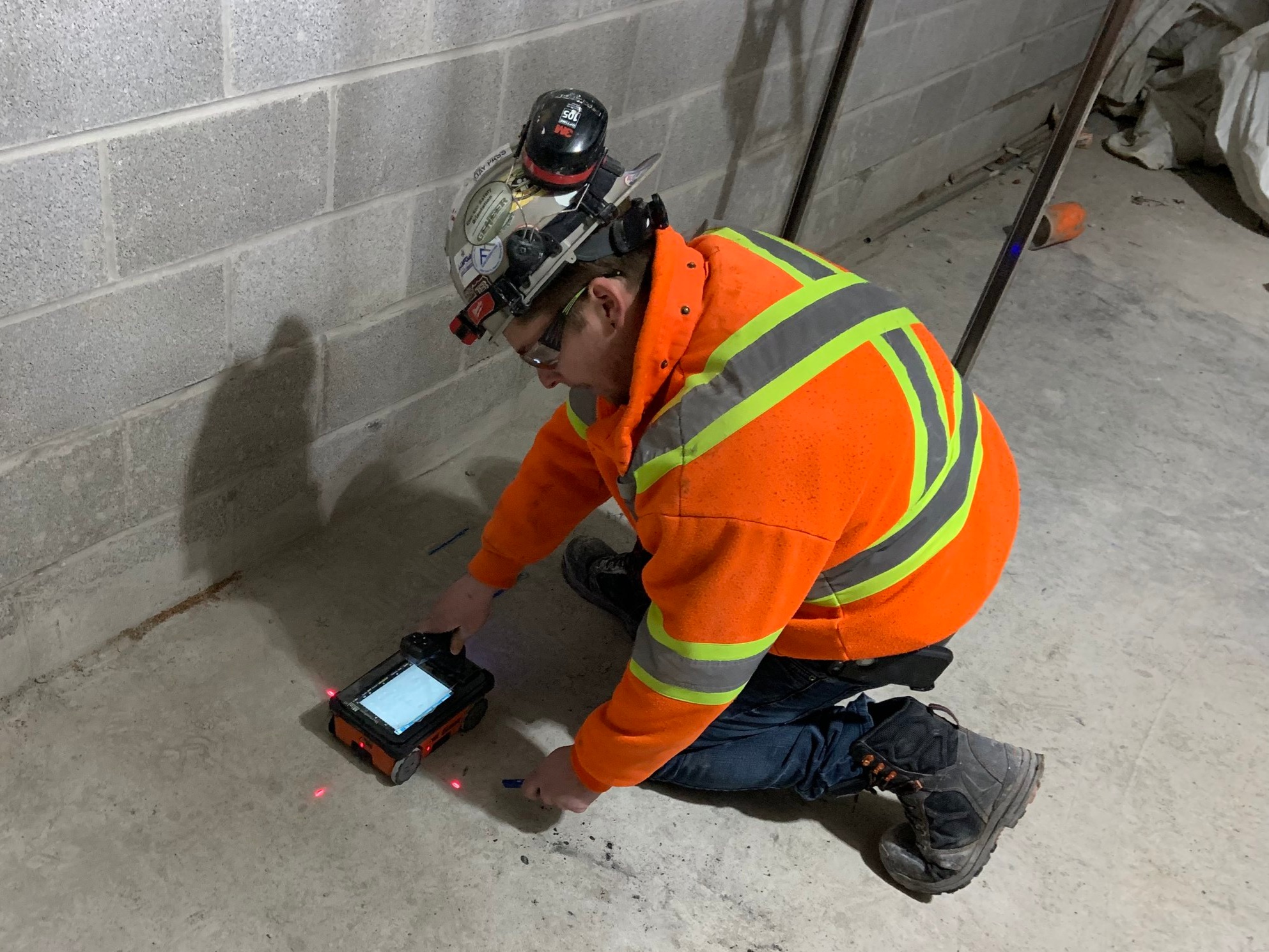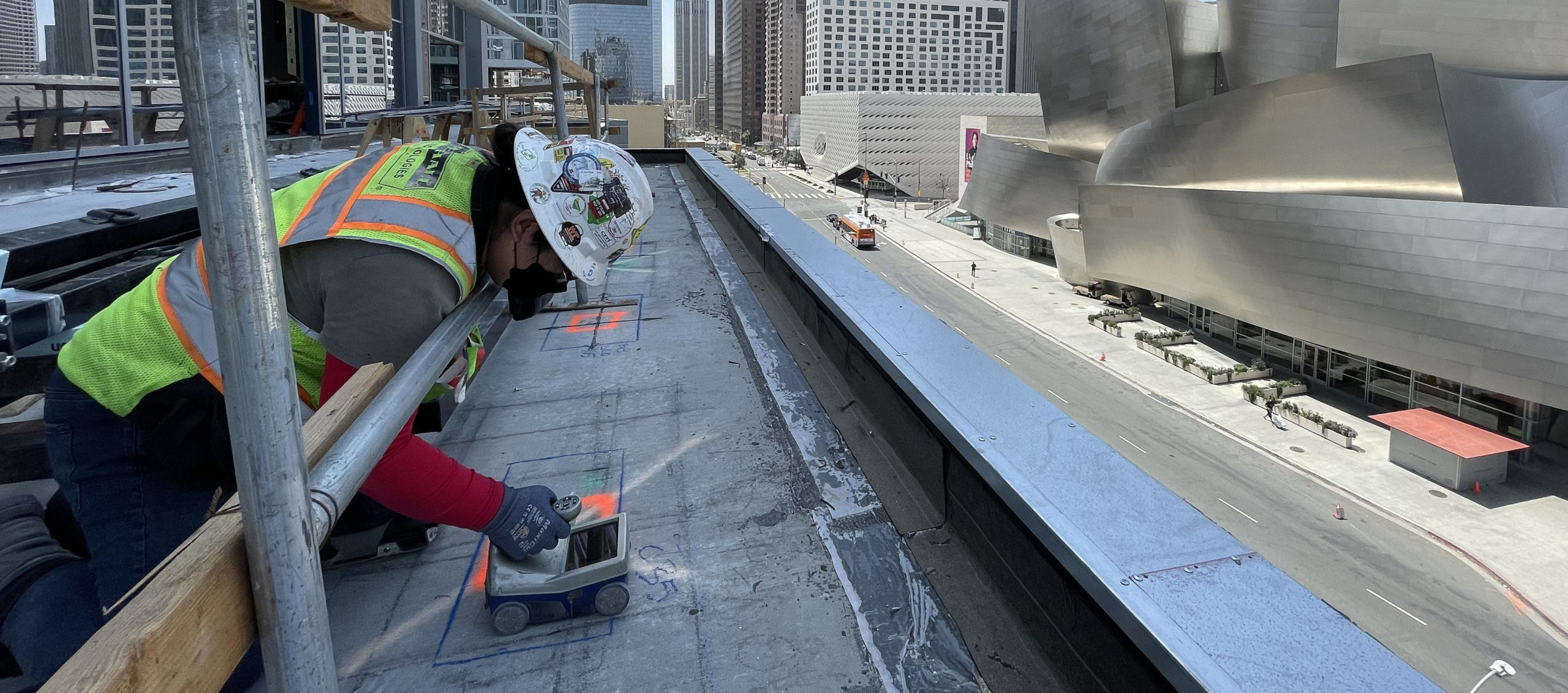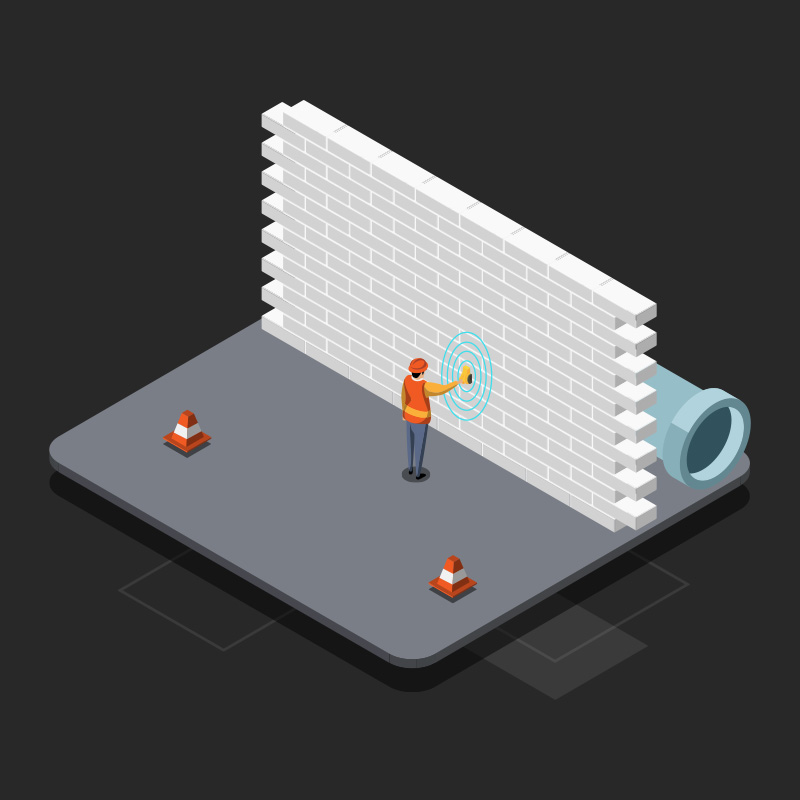Harness the Strategic Side of Concrete Scanning for Unparalleled Job Success and Quality Control
In the world of modern-day construction and facilities growth, the utilization of concrete scanning modern technology has actually arised as a pivotal tool for making sure task success and keeping quality standards. The true power of concrete scanning lies not just in its capacity to boost task outcomes but also in its capability to reinvent typical techniques, establishing a brand-new benchmark for precision and efficiency in the construction industry.
The Significance of Concrete Scanning
Concrete scanning is a necessary action in building and construction tasks to make certain the safety and security and honesty of frameworks. By making use of numerous scanning modern technologies such as Ground Permeating Radar (GPR) and electro-magnetic induction, building teams can non-destructively assess the subsurface of concrete structures to identify potential hazards like rebar, avenues, or post-tension wires. This details is critical for task professionals, supervisors, and designers to make educated decisions and stay clear of expensive mistakes throughout the building process.
Among the main reasons that concrete scanning is so essential is its capacity to avoid accidents and injuries on the building and construction site. Accidentally reducing through a real-time electric conduit or harmful post-tension cables can have tragic repercussions, not only in terms of security however additionally in regards to project delays and monetary effects. By carrying out extensive concrete scanning prior to any type of exploration, cutting, or coring tasks, construction groups can reduce threats and create a safer working setting for everyone included.
Along with safety factors to consider, concrete scanning also plays a crucial duty in guaranteeing the lasting resilience and high quality of the framework. By spotting any type of flaws or abnormalities concealed below the surface, such as gaps or delamination, very early intervention can be executed to attend to these concerns prior to they escalate into even more considerable issues. Inevitably, investing in concrete scanning is a proactive step that can conserve time, cash, and sources in the lengthy run, while also maintaining the highest possible criteria of construction excellence.
Advanced Technology for Accurate Results

Additionally, 3D scanning innovations supply an extensive sight of the subsurface setting by creating in-depth electronic designs. These versions provide important understandings right into the structural stability of concrete aspects and aid in identifying prospective weak points prior to they rise into major problems. By integrating these innovative modern technologies into concrete scanning practices, building groups can enhance operations, reduce project delays, and make sure the total top quality and success of the project. The precision and efficiency offered by these tools contribute considerably to the job's success by assisting in notified decision-making and developing quality control actions.
Enhancing Job Efficiency and Timelines

Moreover, concrete scanning makes it official statement possible for teams to recognize structural weaknesses and prospective dangers beforehand, permitting for prompt removal and preventing accidents that could derail project timelines. The real-time information provided by scanning devices promotes educated decision-making, resulting in smoother sychronisation among different trades and stakeholders. This enhanced cooperation decreases problems, boosts efficiency, and eventually speeds up project delivery.
Furthermore, by proactively addressing concerns with concrete scanning, building teams can comply with timetables a lot more successfully, decrease downtime, and optimize source appropriation. The capability to discover covert obstacles and validate structural integrity successfully adds to overall task effectiveness and timelines, guaranteeing successful end results and client satisfaction.
Ensuring Safety And Security and Danger Mitigation

Danger mitigation approaches can be improved via the in-depth information given by concrete scanning, allowing project groups to make informed choices that decrease the chance of unforeseen incidents. Furthermore, by precisely mapping out subsurface conditions, contractors can stay clear of costly rework, hold-ups, and damage to existing frameworks, further adding to overall job safety and security and success. Carrying out concrete scanning as a regular method not just ensures a much safer workplace yet also imparts self-confidence in stakeholders concerning the job's dedication to quality and danger monitoring.
Quality Guarantee Via Concrete Scanning
Concrete scanning plays a critical duty in upholding high quality guarantee criteria within construction jobs. By making use of innovative scanning technologies such as Ground Permeating Radar (GPR) and Concrete X-ray, task supervisors and designers can guarantee the stability and high quality of concrete frameworks. Via concrete scanning, potential defects, such as spaces, fractures, or enhancing bar blockage, can be detected non-destructively, enabling timely interventions to preserve the architectural stability of the task.
Quality guarantee via concrete scanning not just helps in identifying existing issues however likewise allows aggressive actions to avoid future problems that might jeopardize the safety and durability of the structure. By conducting comprehensive scans at essential stages of construction, teams can verify the precision of architectural strategies, verify the placement his explanation of vital aspects, and attend to any type of variances immediately. This positive technique reduces rework, decreases costly delays, and inevitably brings about the distribution of top notch, long lasting structures that surpass or satisfy industry criteria.
Final Thought
Finally, concrete scanning plays an essential duty in making certain job success, quality, safety and security, and effectiveness guarantee. By using advanced innovation for accurate outcomes, construction tasks can be completed linked here with higher accuracy and within timelines. The critical side supplied by concrete scanning allows for positive threat mitigation and boosts overall job monitoring. Integrating concrete scanning right into construction processes is essential for accomplishing unparalleled success and making sure top quality outcomes - RainierGPR Concrete Scanning.
In the world of modern-day construction and infrastructure development, the usage of concrete scanning innovation has emerged as an essential device for making sure task success and keeping top quality criteria. By including these innovative modern technologies right into concrete scanning methods, building groups can enhance process, minimize job delays, and guarantee the overall quality and success of the task.Offered the essential nature of project efficiency and timelines in building and construction monitoring, the emphasis currently moves towards ensuring safety and mitigating threats within the job environment.Concrete scanning plays a critical role in promoting top quality assurance standards within construction tasks. By using advanced scanning modern technologies such as Ground Permeating Radar (GPR) and Concrete X-ray, project managers and designers can make sure the stability and quality of concrete frameworks.
Comments on “The Ultimate RainierGPR Concrete Scanning Service Explained”